Differences between Cannabis Indica and Sativa
List of contents
Cannabis is a psychoactive, herbaceous, annual plant, of the Urticales (nettles) order and belongs to the Cannabaceae family. Its origins bring us near the Himalaya mountains, between China and India, where from it extended to the rest of the world making viable its growing thanks to the infinity of medicinal, recreational and industrial uses that have this millennial plant.
Cannabis sativa (mainly coming from tropical areas such as South and Central America, Africa, Thailand and South of India) was classified for the first time in 1753 by the Swedish scientist, naturalist and zoologist Carl Nilsson Linaeus, who suggested the current binomial of nomenclature diagram.
On the other hand, Indica Cannabis, comes from the Himalaya mountains (Afghanistan, Pakistan, etc. ) and was described and classified for the first time by the French naturalist Jean-Baptiste Lamarck in 1783, who also developed the first evolution theory.
A third and last sort, of which later was created the automatic marijuana strains, coming from Russia and North Kazakhstan was discovered in 1924 by the Russian botanist D.E. Janischevisky and called cannabis Ruderalis.
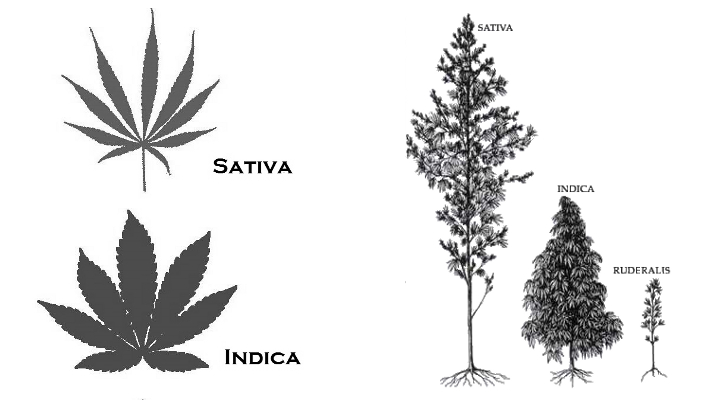
Next we show you the main differences that exist between the Indica and Sativa marijuana strains of which were born all the hybrids that we find on the market today. These purebred species have very different traits, which combined and mixed between them, give rise to impressive hybrids. We also have to bear in mind that we speak about living beings with genetic information (genotype) with different expressions in respect of morphology (phenotypes), so there can always be similarities and differences in a greater or lesser extent between specimens of different sort.
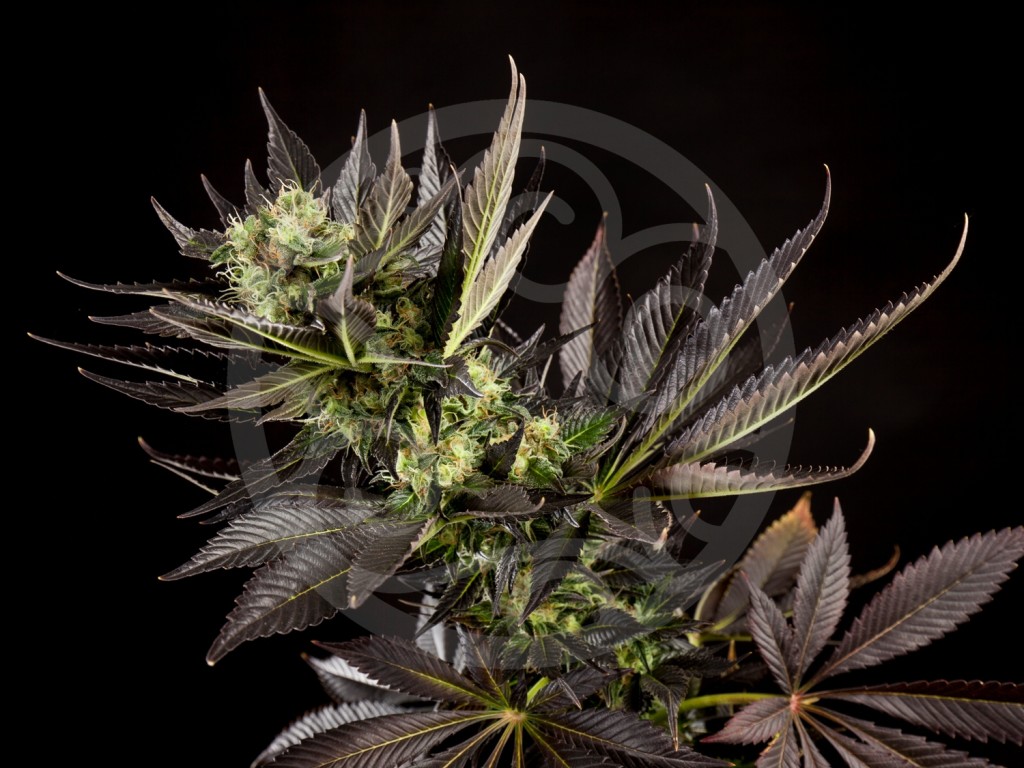
The cannabis seed
Even if this is a method that needs experience and it isn’t always valid, the aspect of the marijuana seeds can give us a clue of the origin of the variety from which the seeds come. Frequently, the Indica cannabis varieties usually has big and oval seeds, black or very dark brown striped. On the contrary, many seeds of Sativa genetics has rounder shape, with a noticeably lesser size and in many occasions, without being striped.
As you can guess, the hybrids - which form the big range of strains for sale on the market - has seeds mixed with both groups of genetic traits. Remember that sometimes this classification system can fail, so the best we can do if we want to know with certainty the genetics is to germinate the seed and observe its pattern of growth and flowering.
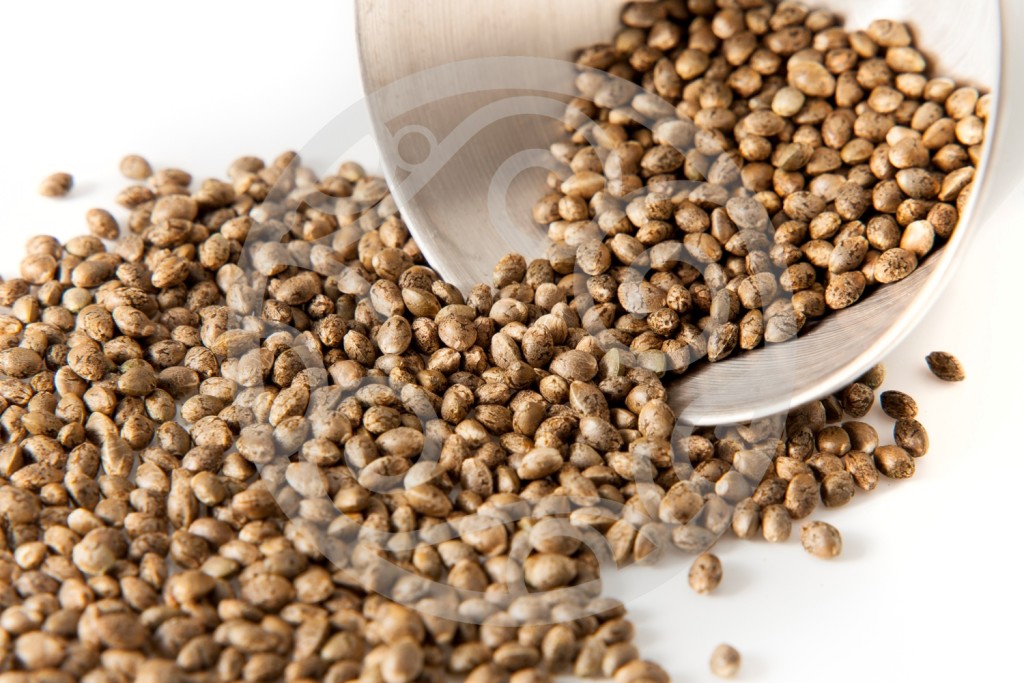
The growth phase
Cannabis plants in growth tell us many things about their genetic origins; Indica cannabis plants tend to have a slower growth than Sativas, a fact that in some varieties and/or specimens, can be a problem if you want to have a mother plant to make clones or if you sow late outdoors (or they received enough weeks of growth indoors). Indicas develop strong stems and branches and a structure that remembers to a Christmas tree, with a prominent main stem surrounded by relatively short secondary branches. They usually reach a moderate heigt.
The distance between the inter-nodes usually is short (sometimes very short, barely 1 cm) and the leaves are wide and relatively short, with width leaflets and a dark green colour. These are plants traditionally used for the elaboration of hashish, with a considerable resin production.
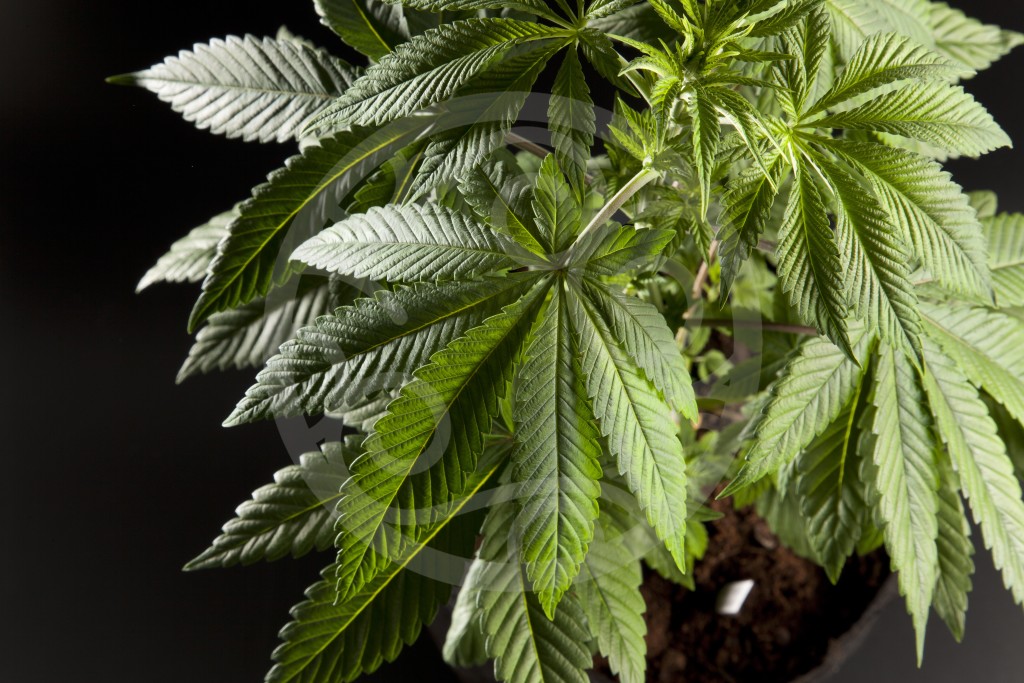
On the other hand, Sativa plants grow vigorously, reaching tall, especially if they are planted directly in ground. Its stems are much longer and flexible than those of the Indica strains, developing candelabrum-like structure, where the secondary branches are almost as long as the main one. The intermodal distance lengthens, while the sheets are big and long, of a pale green colour, with long and slim leaflets. Normally, this type of plant needs to be wired to plant stakes for a correct flowering, in contrary the branches can bend and break due to the weight of the buds.
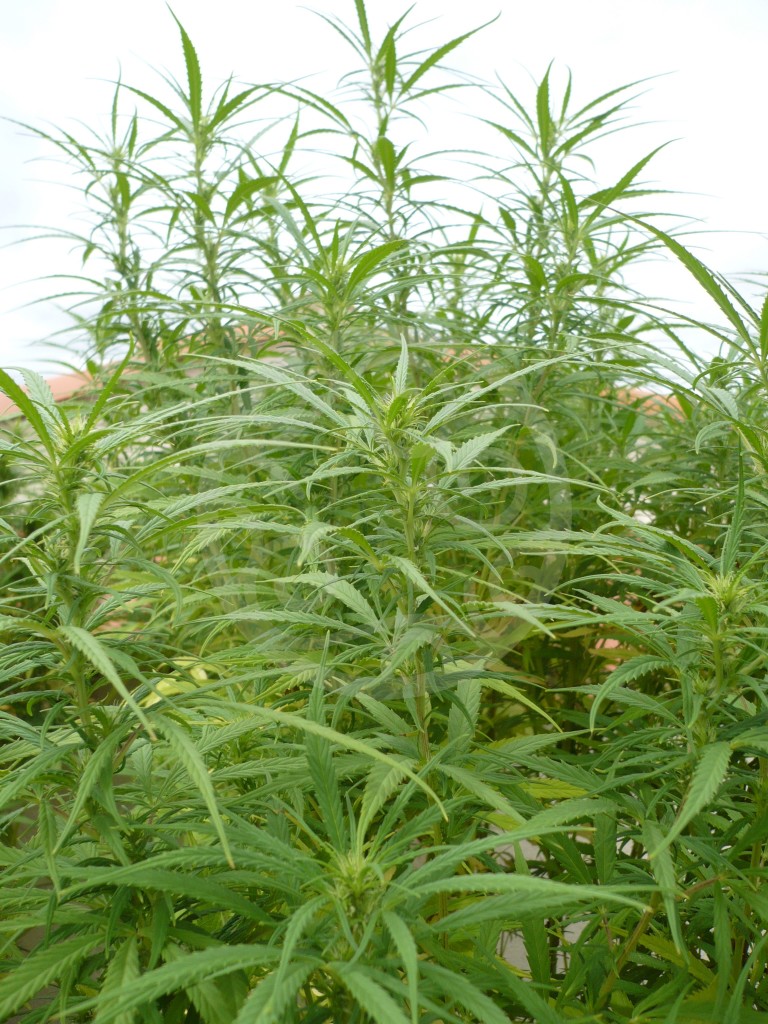
The flowering phase
During this period, the plant develops the buds or flowers, giving us still more evidence of their genetics. The Indica strains tend to be more sensitive to the change of photoperiod, therefore they begins their flowering phase sooner than Sativa strains. Likewise Indicas barely grow during this phase (usually they double their height), while the Sativas grow much more and can quadruple their size during flowering. The Indicas often take several weeks less in bloom than the Sativas: The earliest Indica can be harvested with 7 weeks of flowering while some Sativas can stretch at this stage up to 20 weeks or more.
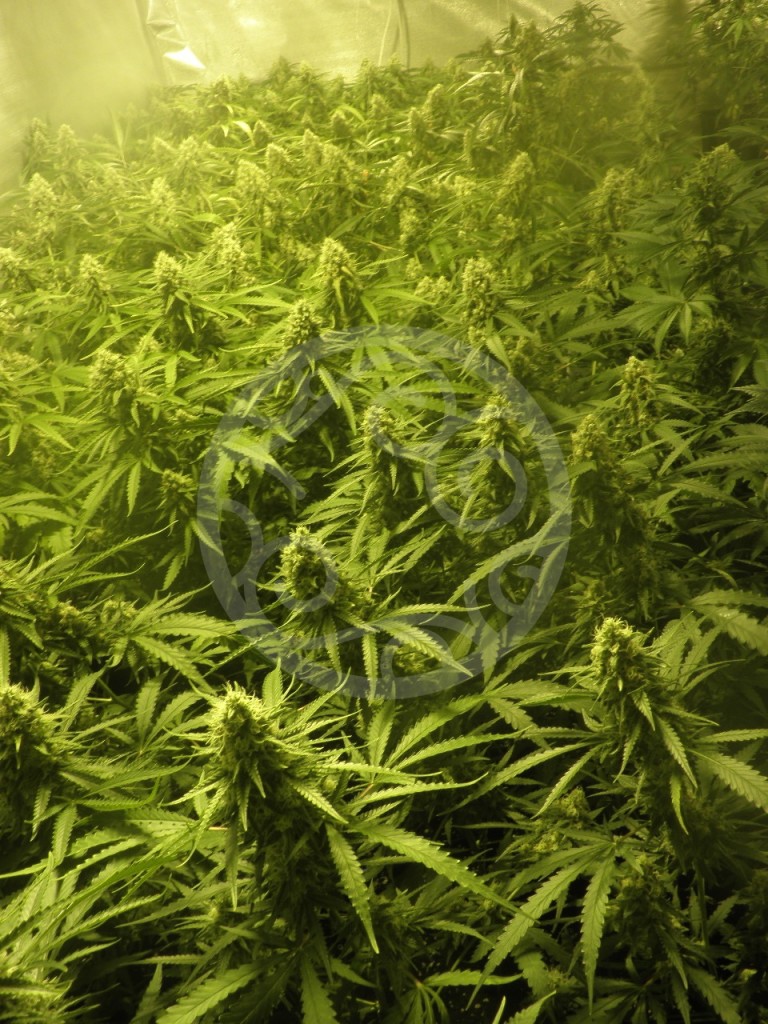
Indicas usually create more compact buds than Sativas that develop more elongated and airy flowers. For this reason, the first ones are much more sensitive to attack by fungi and rottenness.
The feeding of the plant
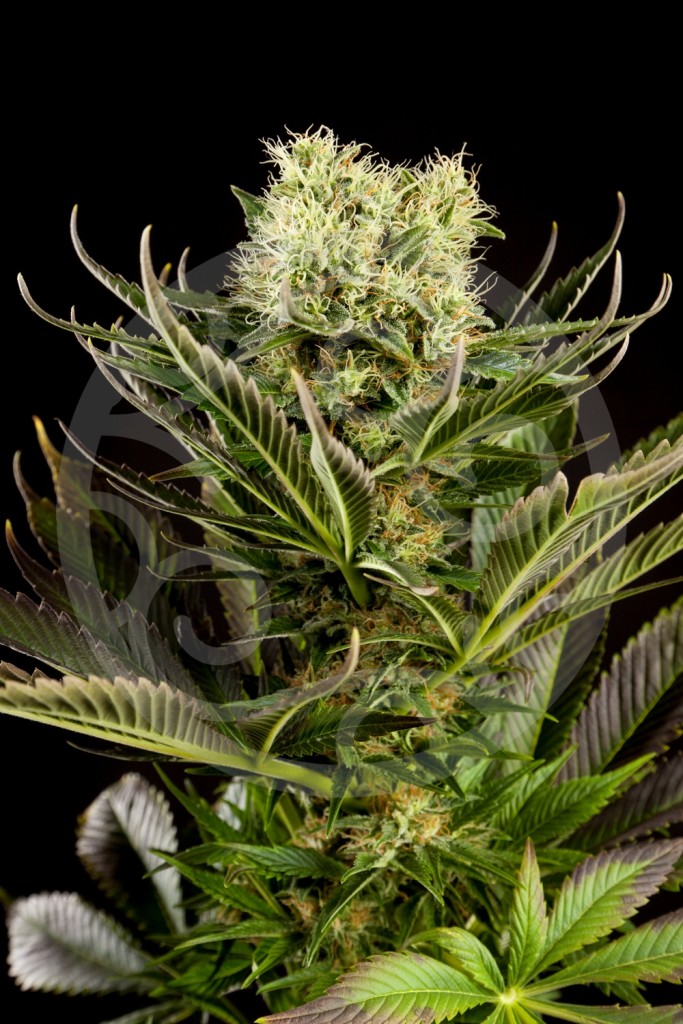
Although whenever we treat with purebred varieties we must keep in mind that they are genetics accustomed - in many cases – to limited watering and poor soils, we also can observe, in broad strokes, differences in respect of their ability to absorb nutrients.
It isn’t difficult to see how the Indica strains accept larger nutrient quantities than Sativas. The latter ones are more sensitive to over-fertilization than the first ones, especially during the growth stage. They are also more complicated to feed than the Indicas, in part because its flowering tends to be much longer, giving time to appear various nutritional imbalances that the grower must correct on the fly.
To regulate the pH and EC level of the nutrient solution will greatly help us detect and control these imbalances.
The flavour of the buds
Although as any grower will, each strain is a world in terms of taste and smell, within the organoleptic range that gives us cannabis we can find characteristic features of the Indica and Sativa varieties.
Normally, earthy, moss, sweet and fruity flavours and aromas are identified usually, to Indica genetics, while many Sativas presents woody, incense or metal undertones. Saying this, we don’t mean that it’s possible to find a sweet and fruity Sativa but these features repeat in multitude of specimens of every species. The strain of marijuana Tropimango is a clear example of a sweet and fruity Indica predominant strain.
Hybrids and poly-hybrids allow us to make absolutely spectacular organoleptic combinations, where many of these traits were mixed and fused together to offer a rich range of possibilities.
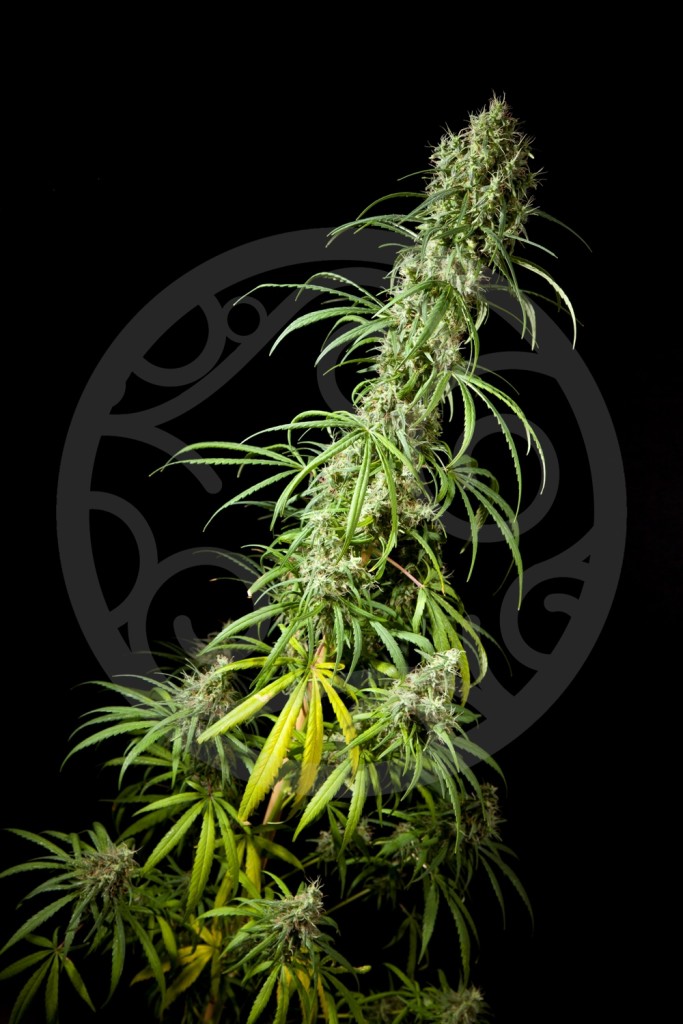
The effect of cannabis
The effects of the cannabis are determined by infinity of factors: growing conditions, feeding, point of harvest, drying and curing, combination of cannabinoids and terpenes, etc. Nevertheless, the effect that produces a bud when it’s smoked is usually one of the best indicatives of the kind of marijuana that we are consuming, especially if we only want to differ between Indica and Sativa strains.
Indicas tend to have a narcotic and sedative, very physical effect. They are ideal to relax and "get away" and also to combat various diseases and sufferings such as stress, insomnia, muscle pain, joint pain, appetite lack, and much more.
On the other side, Sativas tend to have a much more cerebral, energetic and creative effect. There are varieties that stimulate the consumer and motivate him to perform tasks. Sometimes they can cause anxiety or paranoia, although that always depends greatly on the mood of the user. Medicinally, they are perfect for combating depression and apathy, also suitable for treating eating disorders. We found examples of mainly Sativa strains in genetics as the K13 Haze or Jack el Frutero.

We hope that this brief explanation has clarified your doubts among a kind of cannabis and another.
Has a nice smoke!






